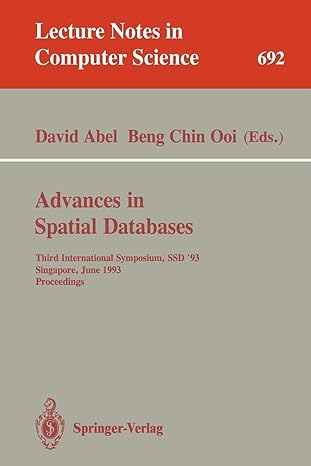Answered step by step
Verified Expert Solution
Question
1 Approved Answer
In this assigment , more important for me ,i need urgently any help this questions thanks in advance adresssess. txt file 1. (50 points) Virtual
In this assigment , more important for me ,i need urgently any help this questions thanks in advance

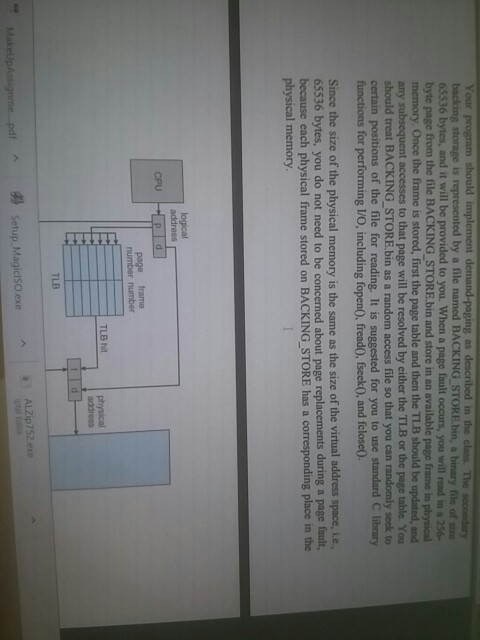
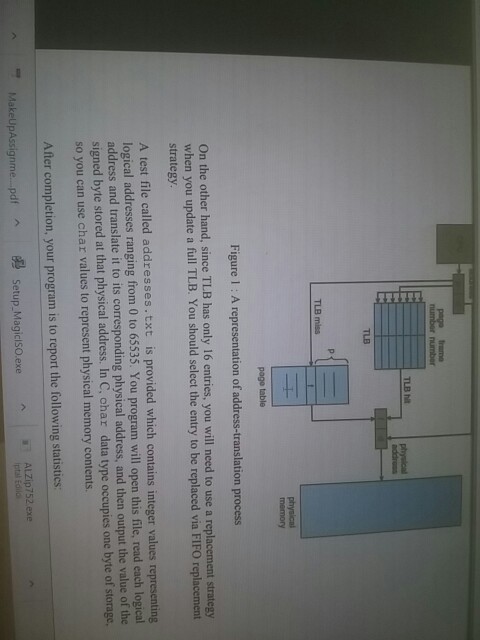
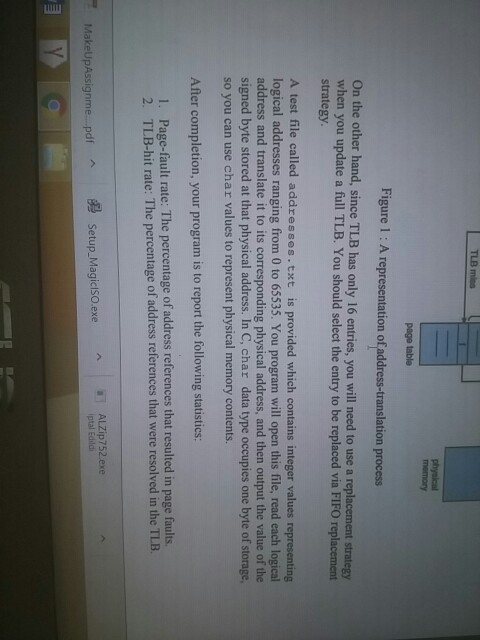
adresssess. txt file
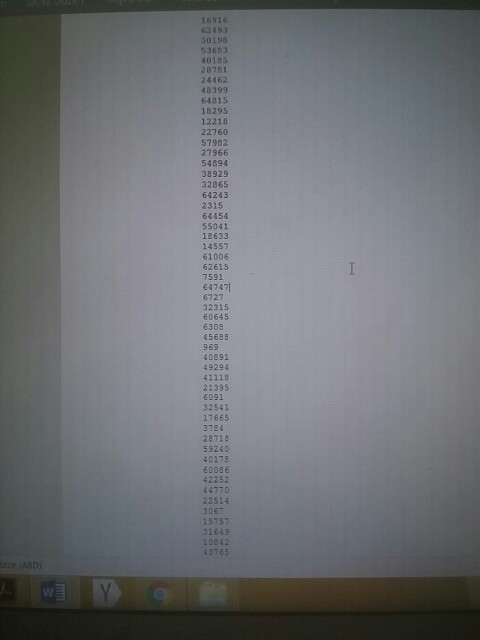
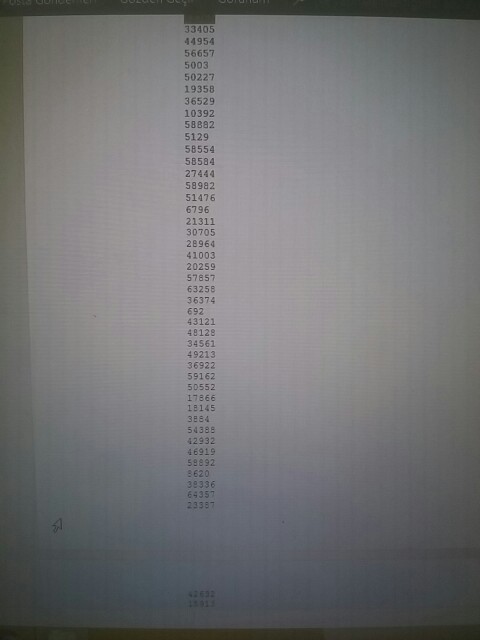
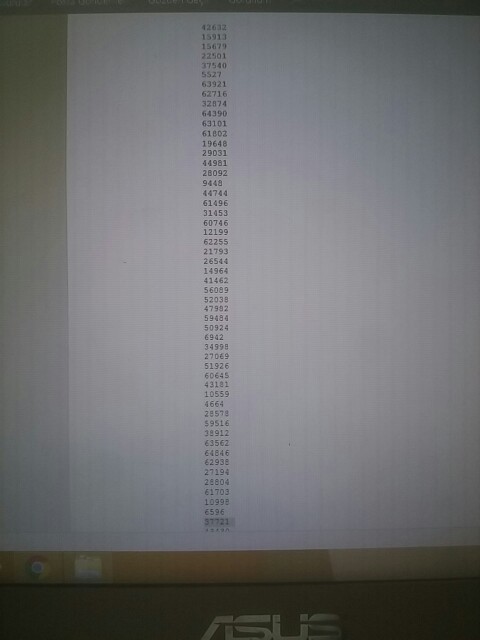



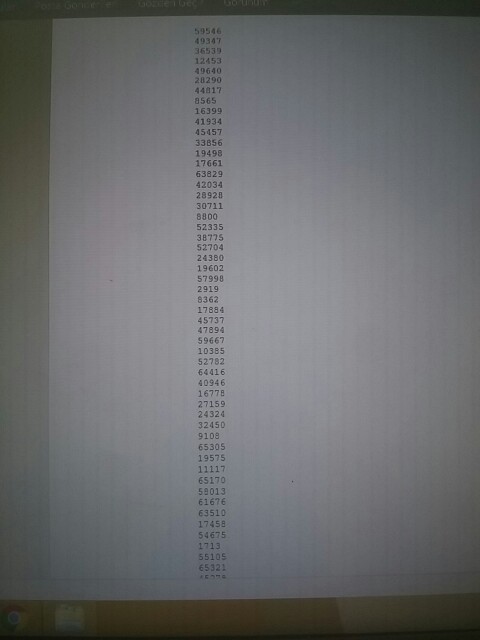
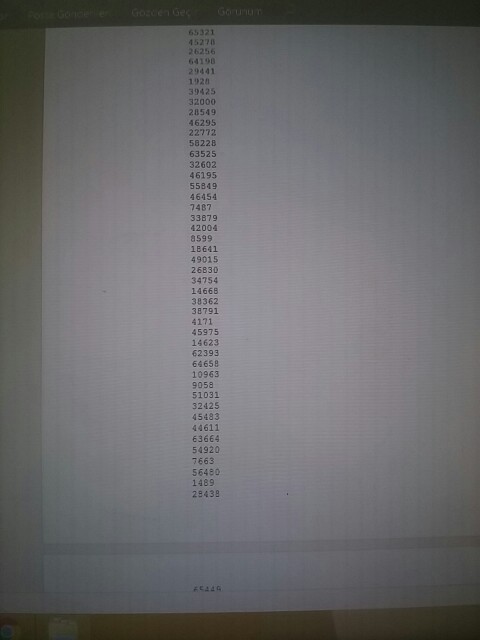
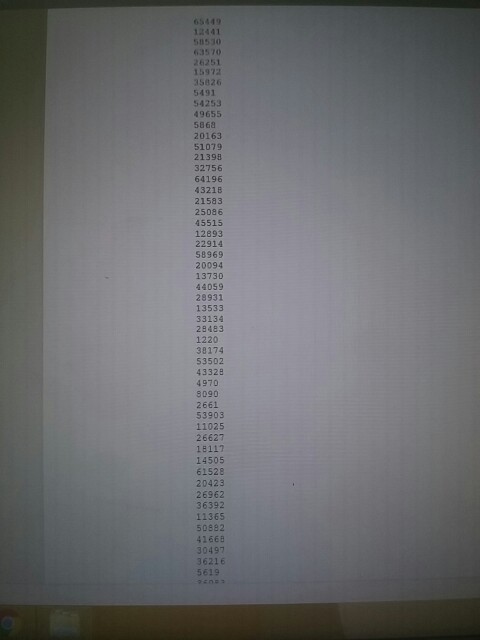


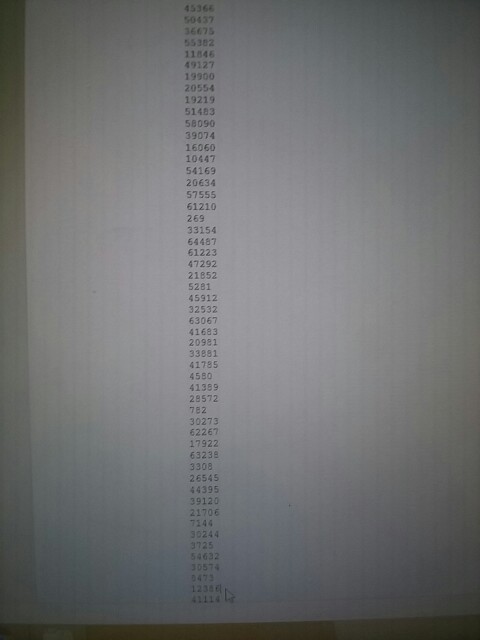
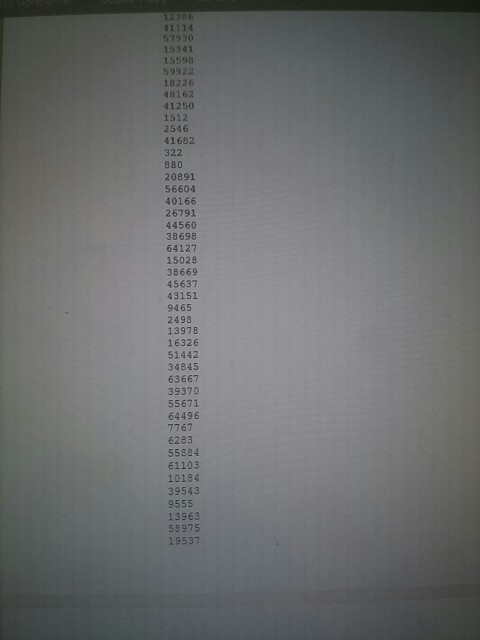
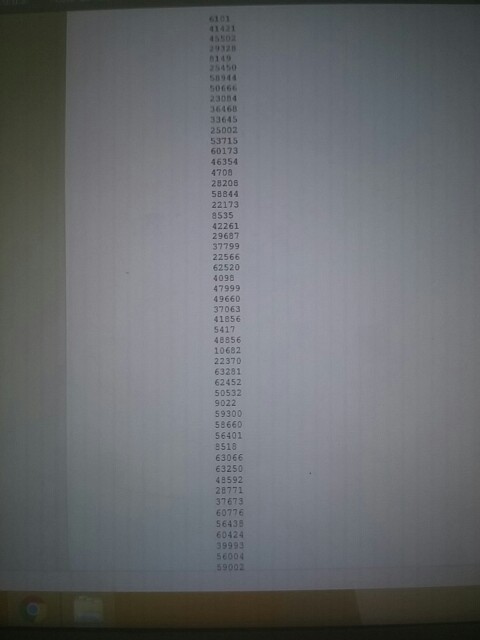
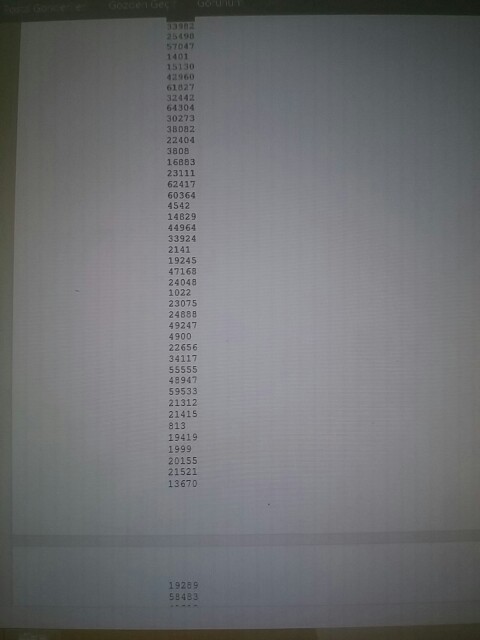
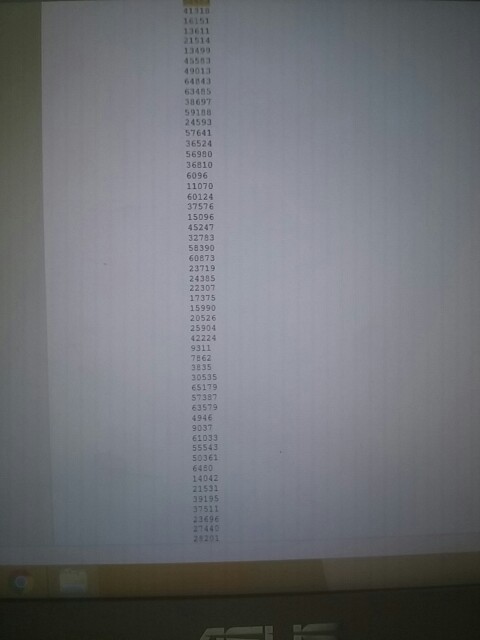
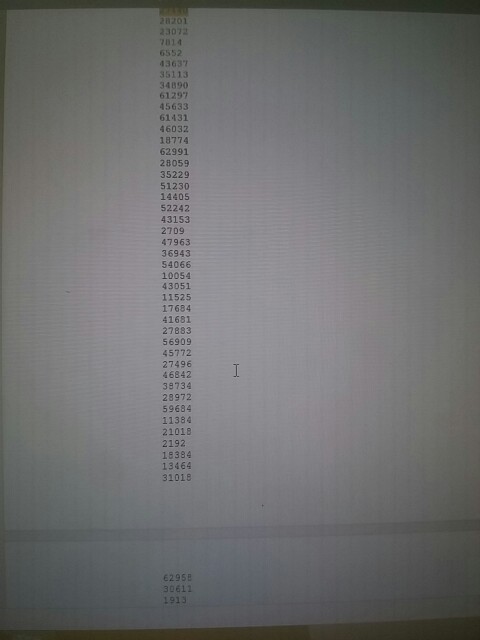

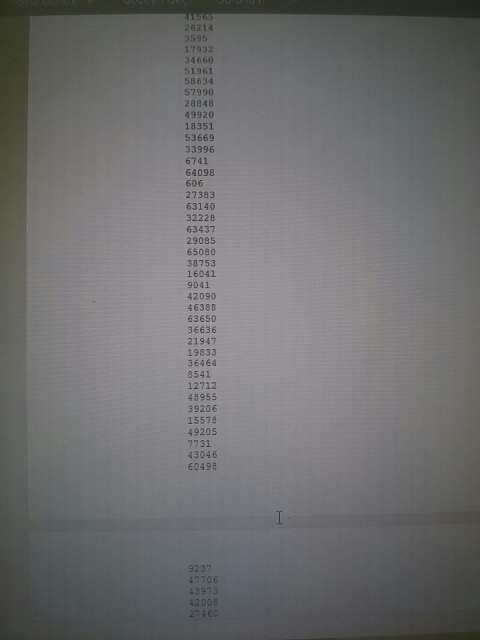

1. (50 points) Virtual Memory Management Simulator. The goal of the project is to simulate the steps involved address translation done by operating systems, and enhance of your understanding of virtual memory management concepts. You are going to write a program that translates logical addresses given to physical addresses for a virtual address space of 2- 65536 bytes. Your program will read from a text file containing logical TLB as well as a page table, will translate each logical address to its corresponding physical address, and output the value of the byte stored at the translated physical address. You can write the program in either Java or C programming language. addresses and, using a The program will read a file converting several 16-bit integer numbers that represent logical addresses. These 16 bits are divided into (1) an 8-bit page number, and (2) 8-bit page offset Hence, there are 28 256 entries in the page table, and the page/frame size of the system is also 2*-256. The size of the physical address space is equal to the size of the logical address space, i.e., 2' 65536 bytes. Consequently, the number of frames is also 28 256. Your program need only be concerned with reading logical addresses, translating them to their physical addresses, and outputting the byte stored at the physical address obtained. You do not need to support writing to the logical address space. Your program will translate logical to physical addresses using a TLB and page table as we covered curing lectures. First, the page number is extracted from the logical address, and the TLB is consulted. In the case of a TLB-hit, the frame number is obtained from TLB. In the case of a TLB-miss, the page obtained from the page table or a page fault occurs. A visual representation of translation process is shown in Figure 1. You need to design and code appropriate data structures for TLB, page table and main memory of the system. able must be consulted. In the latter case, either the frame number is Your program should implement demand-paging as described in the class. The secondary backing storage is represented by a file named BACKING STORE.bin, a binary file of size MakeupAssignme-.pdf^ ?Setup.Magictso.exe ^|LI ALZip752.exe 1. (50 points) Virtual Memory Management Simulator. The goal of the project is to simulate the steps involved address translation done by operating systems, and enhance of your understanding of virtual memory management concepts. You are going to write a program that translates logical addresses given to physical addresses for a virtual address space of 2- 65536 bytes. Your program will read from a text file containing logical TLB as well as a page table, will translate each logical address to its corresponding physical address, and output the value of the byte stored at the translated physical address. You can write the program in either Java or C programming language. addresses and, using a The program will read a file converting several 16-bit integer numbers that represent logical addresses. These 16 bits are divided into (1) an 8-bit page number, and (2) 8-bit page offset Hence, there are 28 256 entries in the page table, and the page/frame size of the system is also 2*-256. The size of the physical address space is equal to the size of the logical address space, i.e., 2' 65536 bytes. Consequently, the number of frames is also 28 256. Your program need only be concerned with reading logical addresses, translating them to their physical addresses, and outputting the byte stored at the physical address obtained. You do not need to support writing to the logical address space. Your program will translate logical to physical addresses using a TLB and page table as we covered curing lectures. First, the page number is extracted from the logical address, and the TLB is consulted. In the case of a TLB-hit, the frame number is obtained from TLB. In the case of a TLB-miss, the page obtained from the page table or a page fault occurs. A visual representation of translation process is shown in Figure 1. You need to design and code appropriate data structures for TLB, page table and main memory of the system. able must be consulted. In the latter case, either the frame number is Your program should implement demand-paging as described in the class. The secondary backing storage is represented by a file named BACKING STORE.bin, a binary file of size MakeupAssignme-.pdf^ ?Setup.Magictso.exe ^|LI ALZip752.exe
Step by Step Solution
There are 3 Steps involved in it
Step: 1

Get Instant Access to Expert-Tailored Solutions
See step-by-step solutions with expert insights and AI powered tools for academic success
Step: 2

Step: 3

Ace Your Homework with AI
Get the answers you need in no time with our AI-driven, step-by-step assistance
Get Started


